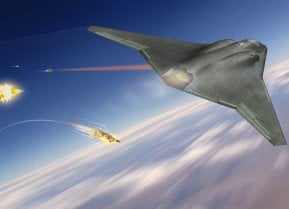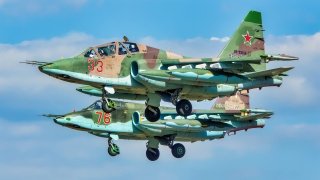Russia's A-10 Warthog: The Su-25 Frogfoot 'Flying Tank' Is a Nightmare
The Su-25 has seen extensive combat, notably in the Soviet-Afghan War, but has shown vulnerabilities to shoulder-launched missiles and other threats.
Summary and Key Points: The Su-25 "Frogfoot" and Su-34 fighter jets often operate together in combat, with the Su-34 covering the Su-25 during low-altitude attack missions.
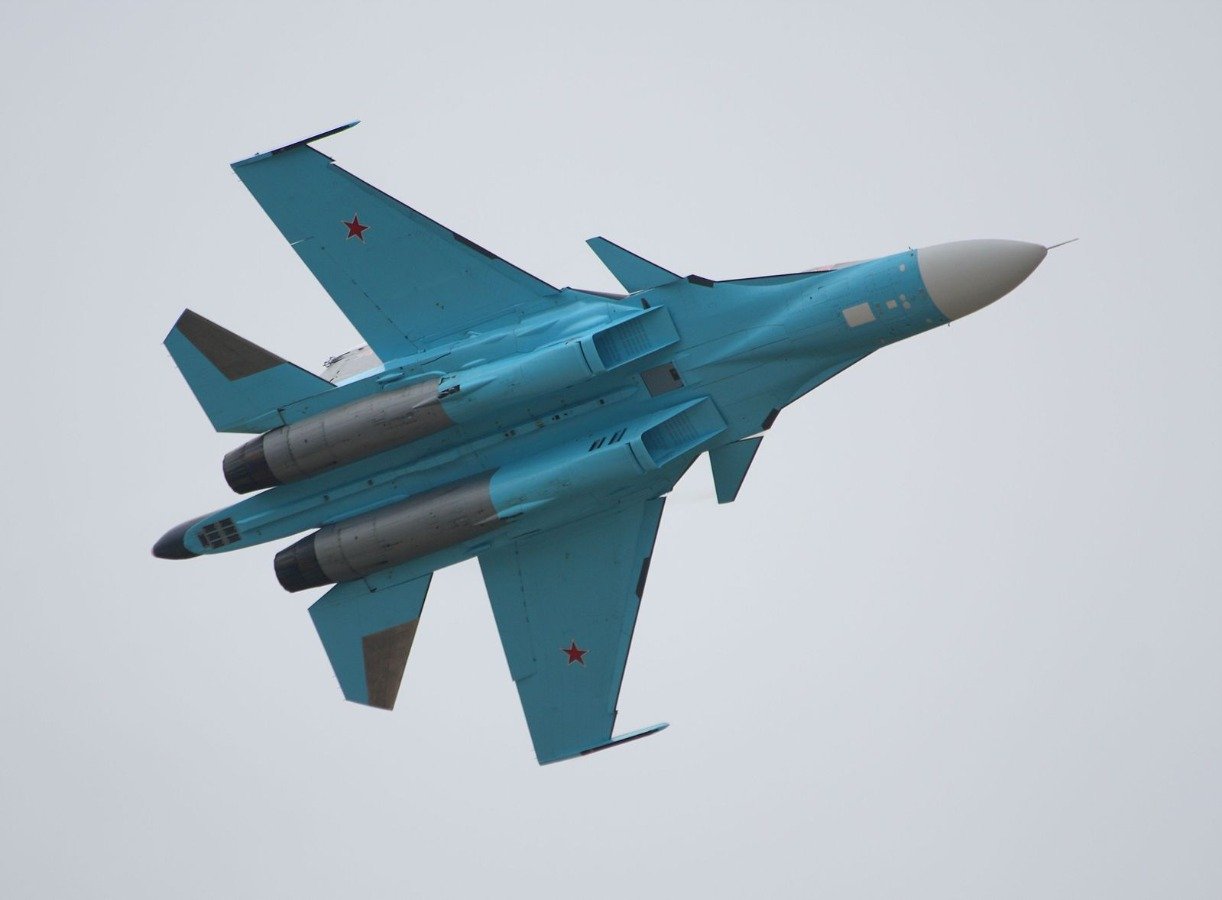
-Despite heavy losses, including widely shared footage of a downed Su-25 in March, Russia continues to rely on this Soviet-era aircraft.
-Developed in the 1960s and operational since the early 1970s, the Su-25 was designed for close-support roles similar to the American A-10 Warthog but is smaller, lighter, and faster.
-The Su-25 has seen extensive combat, notably in the Soviet-Afghan War, but has shown vulnerabilities to shoulder-launched missiles and other threats.
Heavy Losses but Still Vital: The Role of Su-25 Jets in Russian Air Strategy
Su-25 and Su-34 fighter jets often work in packs during combat operations, Russian state media outlets confirmed last year. The Russian military is likely employing its Su-34 platforms to “cover” the Su-25 as it flies low-altitude attack missions. Analysts studying Russia’s ongoing invasion of Ukraine believe the Su-25 has suffered the most losses over the last two years. In March, widely circulated cellphone footage depicting a downed Su-25 fighter was shared on social media.
While the airframe’s journey to the ground was not documented, the remnants of the platform indicate it most certainly fell from the air.
Regardless of the Su-25’s track record so far in Ukraine, Moscow still depends on the Soviet-era fighter.
Introducing the Su-25 “Frogfoot”
In the 1960s, the Soviet Air Force established a competition in order to find its next battlefield close-support aircraft.
Manufacturer Sukhoi developed the T-8 prototype around this time, which evolved into the Su-25 fighter. The ground-attack airframe took its first flight in the early 1970’s and after five years its certification trials were completed.
The USSR’s desire to develop its own close-support airframe followed America’s endeavor to create its A-10 Thunderbolt II “Warthog” tank-busting jet. While the Warthog and the Frogfoot were designed to accomplish similar missions, the two airframes sport quite different capabilities.
The A-10 Warthog vs. The Su-25 Frogfoot
Both the Su-25 and A-10 are heavily armored and are often referred to as “flying tanks.”
However, the Frogfoot is smaller, lighter and faster than its American counterpart. Earlier variants of the Russian jet featured two R-95Sh non-afterburning turbojets.
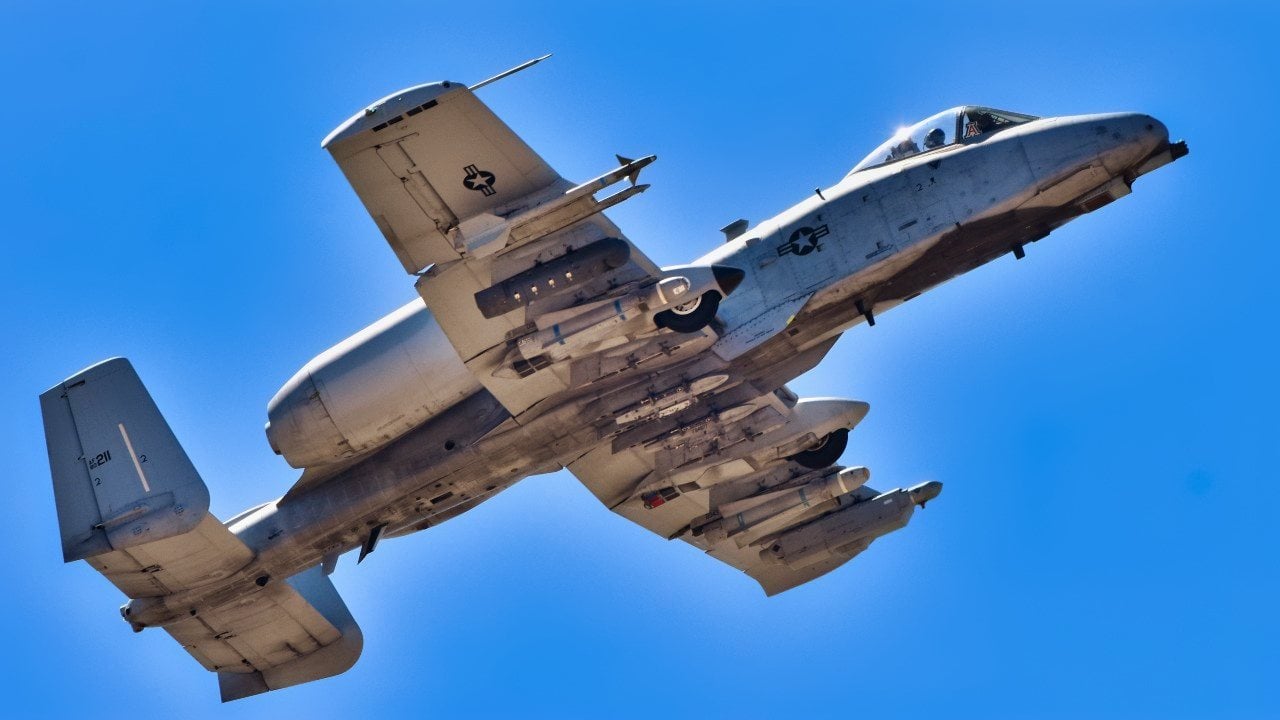
The aircraft is equipped with self-sealing, foam-filled fuel tanks that provide a total fuel capacity of around 3,600l. Additionally, the provision of four PTB-1500 external fuel tanks which are carried on the underwing pylons can extend the range of the jet.
According to Air Force Technology, the Frogfoot can climb at a rate of 58m/s. “The maximum speed of the aircraft is 950km/h. The combat radius and ferry range of the aircraft are 375km and 7,500km respectively. The normal range of the Su-25 is 750km, while its service ceiling is 7,000m. The take-off and landing roll of the Su-25 are 750m and 600m respectively. The aircraft weighs around 10,740kg and its maximum take-off weight is 17,600kg.”
The Su-25 does not have a stellar war record
The Soviets used the Frogfoot extensively during the Soviet-Afghan War in the 1980s.
Since Afghan-fighters trained on U.S.-supplied Stinger missiles were able to shoot down many of the S-25s, the fighter proved to have some significant vulnerabilities. Particularly, shoulder-launched surface-to-air missiles (SAMS) wreaked havoc on the Soviet fleet.
The Frogfoot also saw action during the Iran-Iraq War and the subsequent Abkhazia War, where the jet was flown by Georgia’s Air Force.
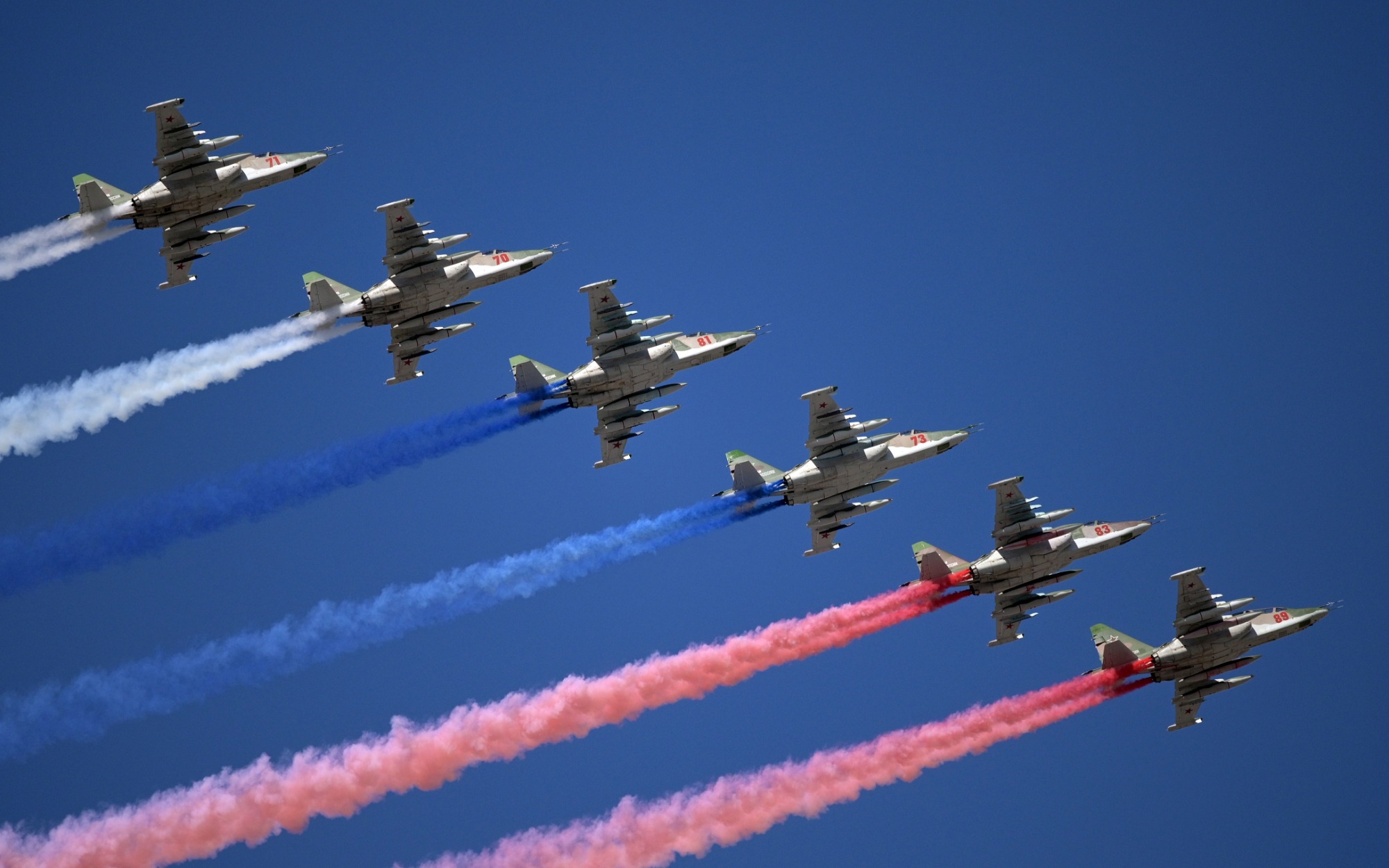
The Su-25 was exported widely in the 1980s and many of these “flying tanks” ended up in former Soviet states following the collapse of the USSR. Additionally, the Su-25 serves with Air Forces in Asia, the Middle East, Africa and South Africa.
In late February, Ukrainian forces took out a Russian Su-25 airframe and captured its pilot as “revenge” for earlier airstrikes. This incident, along with other reports of Su-25 losses throughout the war, indicate that Russia’s “flying tank” is not performing as well as the Air Force intended.
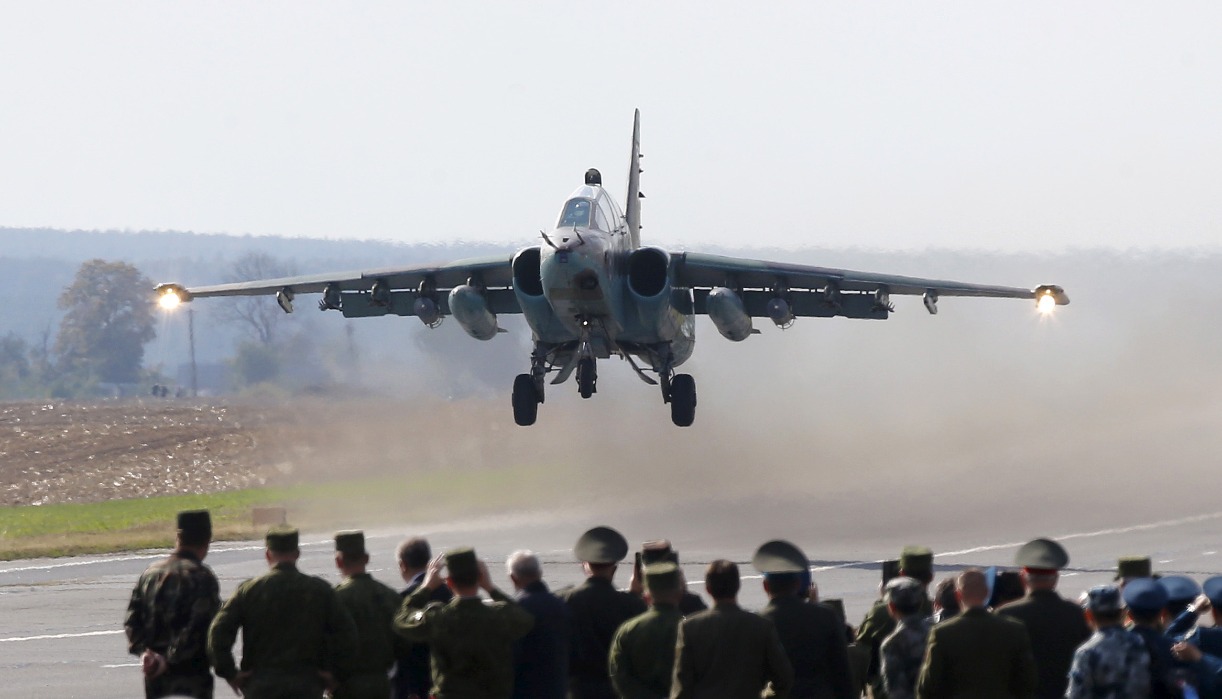
About the Author: Maya Carlin
Maya Carlin is an analyst with the Center for Security Policy and a former Anna Sobol Levy Fellow at IDC Herzliya in Israel. She has by-lines in many publications, including The National Interest, Jerusalem Post, and Times of Israel. You can follow her on Twitter: @MayaCarlin. Email the author: [email protected].
All images are Creative Commons or Shutterstock.
